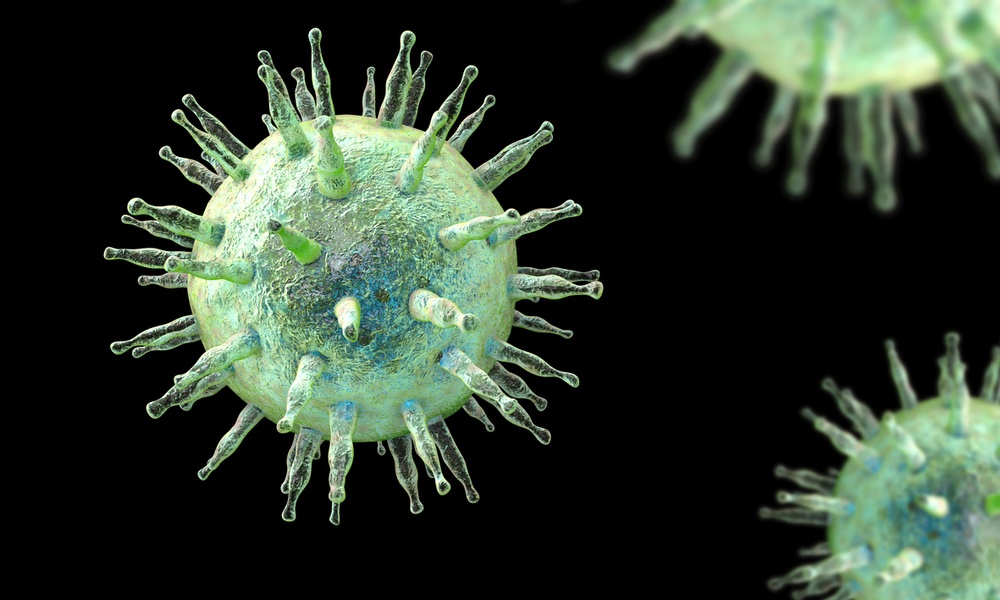Teens who are depressed may show classic signs of this mood disorder, the key feature of which is a sad or irritable mood lasting two or more weeks. Other signs of depression include pessimism, low energy, the inability to enjoy activities that used to be fun, decreased social interaction, inappropriate anger or irritability, poor concentration, changes in eating and sleeping habits, feeling bad about themselves, thinking about death or suicide, and having unexplained body aches and pains.
However, interpreting the data accurately and deciding how to weigh the risks and benefits of treatment for individual patients was tricky for many reasons.
In addition, when a teen's performance in school or in extracurricular activities deteriorates, depression may be the reason. Depression in children and adolescents is being recognized and treated more and more, though awareness of adolescent depression still lags behind mental health awareness in the adult population.
Medications and psychotherapy are the mainstays of treatment. The medications used to treat depression in adults are also used for the pediatric population. The most common treatments include selective serotonin and selective norepinephrine reuptake inhibitors. These medications affect brain chemicals that are thought to be involved in maintenance of mood. The common side effects of antidepressants include: nausea, weight gain, fatigue, changes in sleep, dry mouth, blurred vision, constipation, dizziness, agitation, and anxiety. Most of these side effects are mild, and may decrease with use.
However, interpreting the data accurately and deciding how to weigh the risks and benefits of treatment for individual patients was tricky for many reasons. Perhaps the patients who were being treated with medications had more serious symptoms of depression and were thus more likely to try suicide? How did researchers determine whether a patient in a study was contemplating suicide? What constitutes a suicide attempt and how does a researcher determine whether a patient is thinking about suicide when engaging in risk taking behavior such as drinking too much alcohol, or driving recklessly? How do combinations of psychiatric medications, or treatment changes from one medication to another alter the risk?
The FDA warning and the many unanswered questions have made acceptance of medication therapy for pediatric depression more challenging. A study, published recently in Pediatrics, has provided a very useful analysis of the suicide risk of the most commonly prescribed antidepressant medications. The investigators only included patients who were treated with single drugs for the course of the study period, had been diagnosed with depression and had never before been treated with antidepressant medication. Their study population of 16,777 children ages 10-18 were diagnosed and treated over a nine-year period.
The medications studied were selective serotonins reuptake inhibitors (SSRI), selective norepinephrine reuptake inhibitors (SNRI), tricyclic antidepressants (TCA), atypical antidepressants, monoamine oxidase inhibitors (MAOI). They monitored attempted suicides, deliberate self-harm and completed suicides. The large size of the study population provided a very wide range of income, education level, gender and other sociological characteristics.
Although there are no significant differences in risk among the different medication classes and brands used to treat depression in children and adolescents, the increased risk of suicidal thought or actions, especially in the first six months of treatment, remains a consideration.
The majority of suicide events occurred in the first six months after beginning treatment.
This study supports several others that failed to find a difference in suicide risk between the different classes of antidepressant drugs. It is also consistent with a large-scale review that did not find differences in suicide risk within the class of SSRIs, the most common medication used to treat depression in children and adolescents.
Although there are no significant differences in risk among the different medication classes and brands used to treat depression in children and adolescents, the increased risk of suicidal thought or actions, especially in the first six months of treatment, remains a consideration. The researchers support the importance of the Food and Drug Administration warning and the guidelines for monitoring patients on these drugs. However, the study data encourages physicians who are treating depression in the pediatric population to choose the type of drug and the specific brand that they feel would be most effective for their patients and monitor them appropriately.
When a child or teen is being treated with an antidepressant medication, the FDA recommends frequent follow up visits for the first few months of treatment.
When a child or teen is being treated with an antidepressant medication, the FDA recommends frequent follow up visits for the first few months of treatment. After a few months, the frequency of follow up can be determined by the child's provider and parents based on the response to therapy and any side effects that have occurred. If a child or teen develops worrisome signs or behaviors, their health care provider must be contacted immediately. Such signs include: thoughts about dying, or attempts at suicide or self-harm, worsening depression, anxiety agitation, irritability, panic, aggressiveness. Difficulty sleeping, poor control of impulses, mania, changes in mood or behavior.
Like many medications, antidepressant treatments should not be discontinued abruptly, without talking with the doctor. Parents and patients should continue to work with their provider to find the most effective treatment with the fewest side effects.




